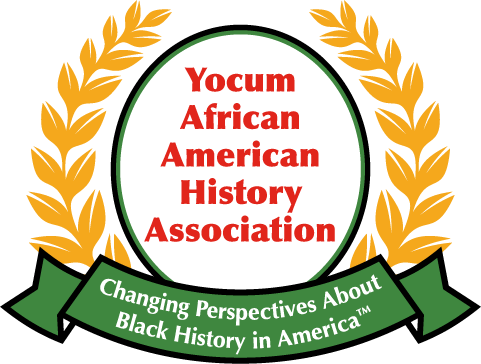The portmanteau word Juneteenth is from the words June and nineteenth and is often called Freedom Day, Jubilee Day, Liberation Day, or Emancipation Day. It was signified when the last slaves in Galveston, TX, were told they were free on June 19, 1865. Confederate General Robert Lee signed the end of the Civil War and Union General Ulysses Grant’s peace agreement on April 9, 1865. This peace agreement was supposed to be a blueprint for other generals across the country who remained active. The Confederate troops collapsed, and soldiers were deserting in large numbers; it was futile to keep fighting.
On April 12, Confederate General Joseph Johnston surrendered 90,000 troops to Union General Sherman. Next, Confederate General Taylor surrendered 10,000 soldiers on May 4. Several days later, General Nathan Bedford Forrest surrendered in Alabama. Finally, on May 12, after the last battle at Palmito Ranch, Confederate Lt. General E. Kirby Smith surrendered his command at Galveston on June 2, 1865.
The Texans resisted and were not eager to lose their autonomy and way of life as a slave state; Texans thought of themselves as an independent state since they had settled in the area at the invitation of Mexico. More than twenty-five thousand Americans responded until there were more Americans than resident Mexicans in the area. When Mexico began to pass laws to limit American immigration and banned the importation of slaves, a confrontation occurred. Texas became a state on December 29, 1845. It was important for Confederate General E. Kirby Smith to surrender in Galveston because Galveston was the largest city in Texas and an important port city where cotton was shipped to the world. Thus, it was the perfect location to announce General Order #3

